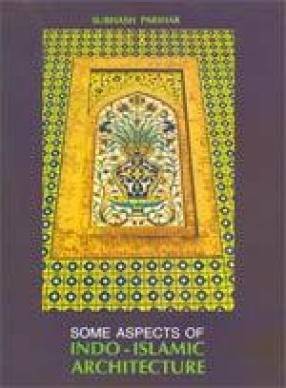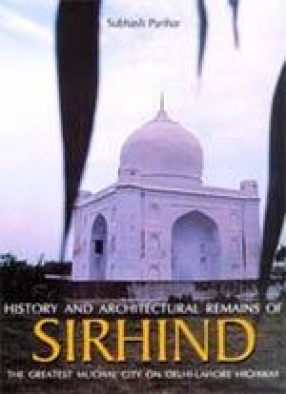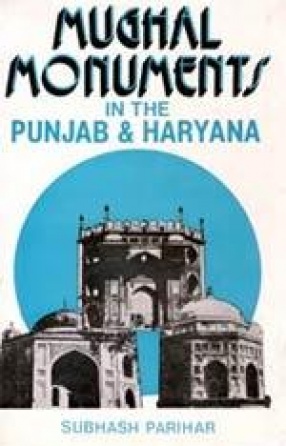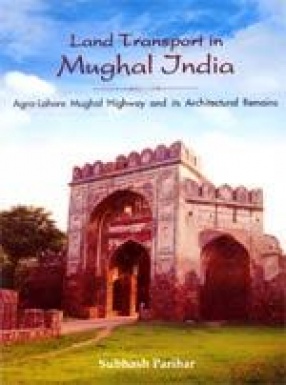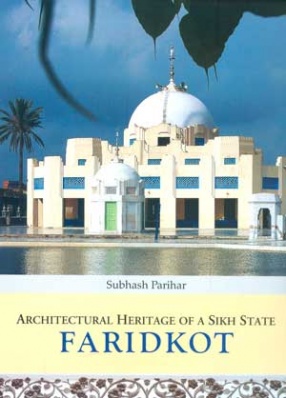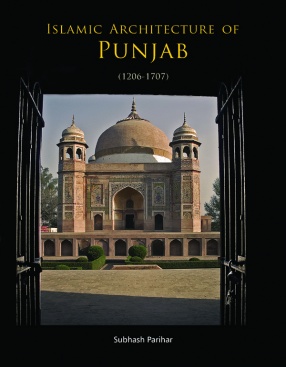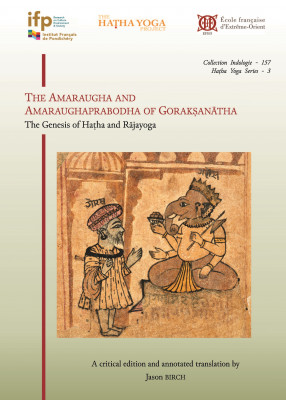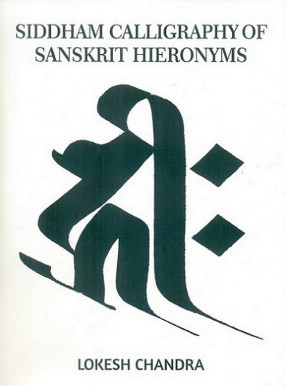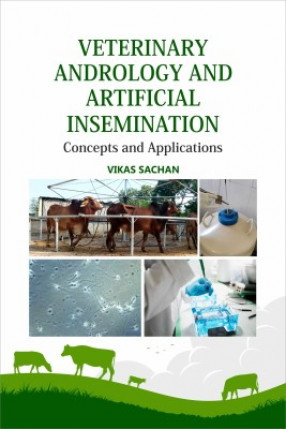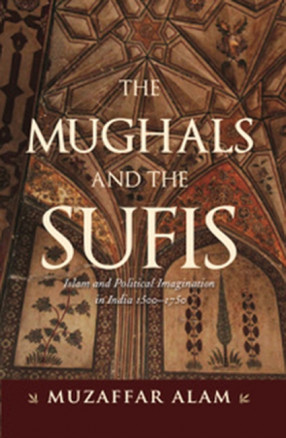FREE & QUICK WORLDWIDE SHIPPING ON $60+
TAKE 10% OFF YOUR ORDER | USE CODE: TAKE10
Book details
-
 191p., Figures; Plates; Bibliography; Index; 30cm.
191p., Figures; Plates; Bibliography; Index; 30cm.
-
 Hardcover
Hardcover
-
 English language
English language
-
 Abhinav Publications
Abhinav Publications
-
 01.01.1999
01.01.1999
-
 ISBN 10:
8170173817
ISBN 10:
8170173817
Related categories
Some Aspects of Indo-Islamic Architecture
Synopsis
The advent of Muslims on the Indian scene commenced a new era in the history of Indian architecture. Most of the rulers and their nobles evinced great interest in raising splendid monuments. The buildings which thus came up were so large in number that even after numerous studies by learned scholars for more than a century, a large number of them still remain unexplored. Dr. Subhash Parihar has undertaken the task of documenting and studying such unexplored medieval monuments of the northwestern India. Over the last two decades he has published more than three dozens of research papers in international journals of art and history like Oriental Art (London), East & West (Rome), Muqarnas (Leiden), Journal of the Pakistan Historical Society (Karachi), Marg (Bombay etc. Seventeen of his studies form the subject of this book. The research papers have been revised in the light of the evidence which came to his notice after their publication in journals. The monuments studied in this book include various building types, viz., gardens, palaces, mansions, tombs, mosques, caravansarais, bridges, kos-minars and tanks. Most of these monuments have been studied by Dr. Parihar for the first time. Besides a detailed documentation and stylistic analysis of these monuments, the author has made an attempt to determine the dates of their construction and to identify the personages whose names are associated with them. The earliest dated of these monuments, the tomb of Rai Firuz (ca. 1434) at Hatur, exhibits beautiful cut brick decoration. The tombs at Hisar com- memorate the soldiers who died fighting in Hunayun's Gujarat campaign against Bahadur Shah. The Takht-i Akbari at Kahnaur marks the historical place where the coronation ceremony of Emperor Akbar was performed. Beautifully painted tomb of Jamil Beg in the same town has been reduced to a heap of bricks now. But fortunately Dr. Parihar had already taken photographs of its decoration. The palace garden of Sirhind and the tomb garden of Nakodar represent two different types of Mughal gardens. Two nobles of Akbar, Todar Mal and Shamsher Khan, expressed their benevolent feelings by constructing reservoirs for public welfare. The tomb of the latter noble situated near his tank is a significant specimen of Mughal funerary architecture. So are the tombs at Nakodar and Sirhind. Efficient road-system of the Mughals is exemplified by the remains of caravansarais at Fatehabad, Doraha, Nurmahal, Malhian Kalan and Sultanpur Lodhi, and a number of bridges and kos-minars along the Agra-Lahore route. Another significant specimen of Mughal architecture is the madrasa and tomb complex of Shaikh Chillie at Thanesar. The use of animate motifs not so common on Muslim monuments is seen on a number of buildings of the region. These studies make the picture of medieval architecture richer in detail. The profusion of illustrations makes the text much more meaningful and illuminating. This book is valuable for the scholars and students of Indo-Islamic architecture.
-10%
Item available. Ships in 1-2 days.


